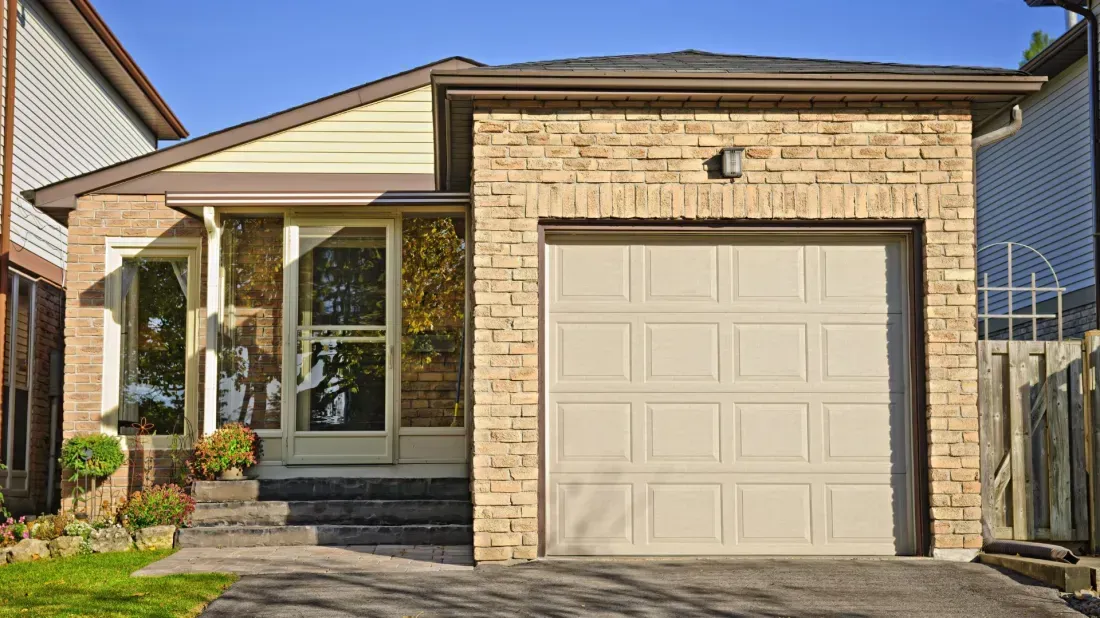Talk To Anthony - Call (951) 202-2303

Starter Homes: Your Smart First Step Toward Homeownership

Begin Your Real Estate Journey with a Starter Home
For many, the dream of owning a home begins with a starter property. It’s a smart and realistic first move—one that helps you build equity while gaining firsthand experience of what it means to be a homeowner.
While starter home prices have surged by 54.1% between 2019 and 2024, the market still holds opportunities for prepared and informed first-time buyers. Success lies in balancing today’s needs with tomorrow’s goals and making decisions that support both.
What Exactly Is a Starter Home?
A starter home is typically a smaller, more affordable residence—designed to help new buyers enter the housing market. These homes are ideal for those building equity for the first time and are usually more modest than long-term family homes.
As of July 2024, the average U.S. starter home costs about $196,611. These properties often include 1–2 bedrooms, 1 bathroom, and around 750–1,250 square feet. Though compact, their affordability makes them ideal for many new homeowners.
More than just square footage, a starter home is defined by its purpose: it’s a stepping stone. Buyers typically plan to stay short-term before moving up—though higher interest rates have recently encouraged longer stays.
Starter homes come in many forms—condos, townhouses, and single-family homes—depending on your area and lifestyle. The key is that they help transition you from renting to owning.
The Importance of Location
The phrase “location, location, location” holds even more weight when shopping for your first home.
Think about your daily routine. Is the commute manageable? Does the neighborhood have the amenities you need—like grocery stores, parks, and healthcare? Even a dream home can lose its appeal if it adds hours to your day or lacks basic conveniences.
Be aware of property tax differences, even between nearby areas. What looks like a budget-friendly home may come with hefty tax obligations that stretch your monthly finances.
Access to public transportation, while often overlooked, can boost resale appeal and offer savings and flexibility down the road.
Must-Haves vs. Nice-to-Haves
Getting clear on your non-negotiables versus wishlist items is crucial.
Create two separate lists:
• Must-Haves: Essential features like enough bedrooms or a safe location.
• Nice-to-Haves: Features you’d like but can live without or upgrade later—like high-end finishes or built-in shelving.
Starter homes often require trade-offs. Focus on what truly matters now, and remember—cosmetic updates can come later.
Examples of “nice-to-haves” include:
• Modern kitchen appliances
• Special flooring
• Finished basement
• Decorative landscaping
• Fireplaces or custom storage
Many first-time homeowners improve their homes over time, turning “starter” into something uniquely theirs.
Think Long-Term
A starter home should meet today’s needs while offering flexibility for the future.
Ask yourself:
• How long do I plan to stay? The 3–7 year plan is now stretching for many due to rising costs.
• What life changes may happen? Expanding families, career shifts, or remote work can all influence your needs.
Look for homes with adaptable spaces—like a basement that could become an office, or an extra room that might serve future needs.
Most importantly, remember: a starter home isn’t forever. It’s the beginning of your real estate journey—a platform to grow from, not your final destination.
Buying a starter home is one of the smartest financial moves a first-time buyer can make. It’s a chance to build equity, gain stability, and lay the groundwork for future moves. By approaching the process with intention and clarity, you can make the most of your first step into homeownership.
Get In Touch
(951) 202-2303
2514 S. Hacienda Blvd. Ste. A
Hacienda Heights, Ca 91745
Meet Your Agent

Anthony Solomon